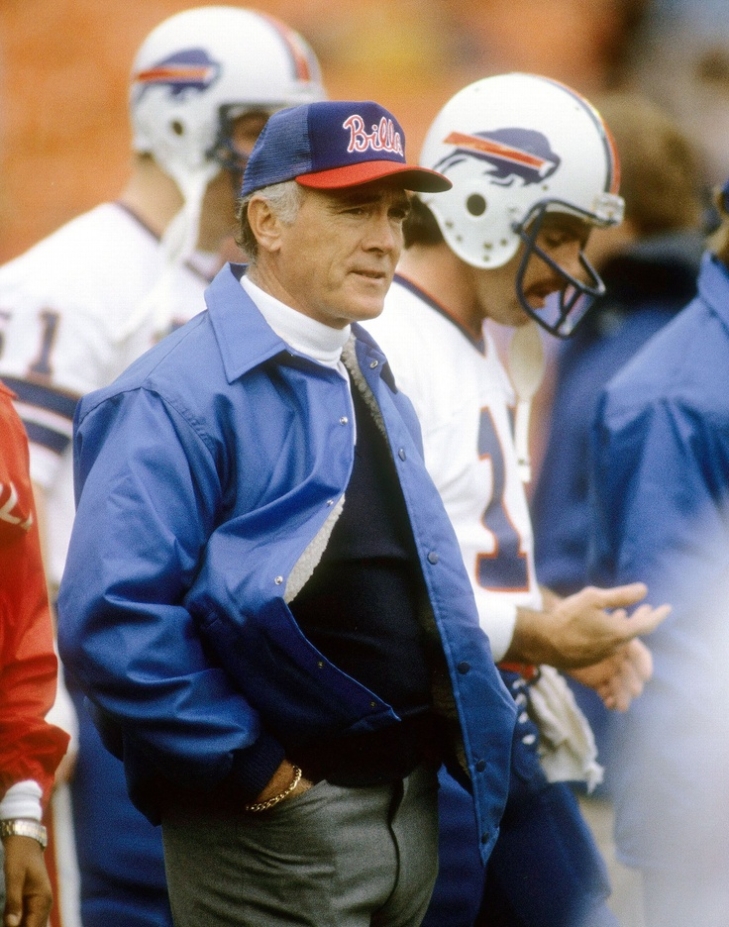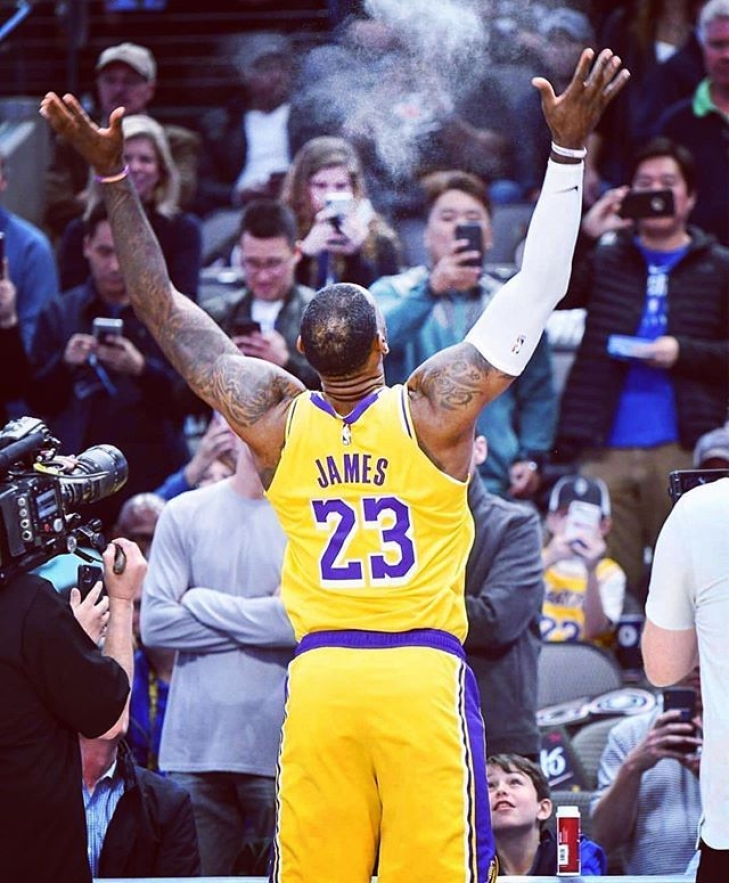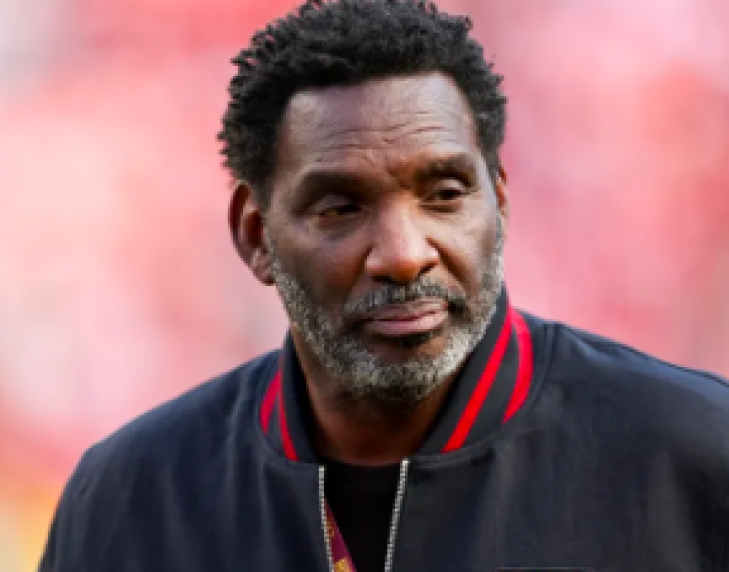
Committee Chairman
The Pro Football Hall of Fame announces the nine Semi-Finalist Coaches for the 2025 Class
The Pro Football Hall of Fame has named nine Coaching Semi-Finalists, which has been reduced from a group of 12 that was previously cut down from a group of 14.
This Pro Football Hall of Fame Coaches Committee will meet virtually on November 19, putting forth one Finalist for the Full Selection Committee.
The Semi-Finalists are:
Bill Arnsberger. Arnsberger is one of the most heralded defensive minds in NFL history, first working for the Baltimore Colts (1964-69) where his defense brought the Colts to Super Bowl III. He would join his Cots Coach, Don Shula, to Miami, where his “No-Name Defense” led the Dolphins to back-to-back Super Bowl wins. He took a shot as a Head Coach with the New York Giants, but after that failed, he returned to Shula and built up another potent defense (The Killer B’s) that won another AFC Title. Afterward, he went to LSU, then Florida, and returned to the NFL with the San Diego Chargers, where again, as the Defensive Coordinator, he helped the Bolts make their first Super Bowl.
Tom Coughlin: Coughlin worked his way up the ranks and became the Head Coach of the expansion Jacksonville Jaguars in 1995. He was their Head Coach for eight years, bringing them to two AFC Championship Games, the first of which was in the franchise’s second year. After being fired, he joined the New York Giants, where the stoic leader led the G-Men to two Super Bowl wins (XLII & XLVI). He retired with an overall record of 170-150 and is already a member of the New York Giants Ring of Honor and Pride of the Jaguars.
Mike Holmgren. Holmgren won two Super Bowls with San Francisco, first as a Quarterbacks Coach and then as their Offensive Coordinator, and it propelled him to the Head Coaching job at Green Bay in 1992. He led the Packers to a Super Bowl win at SBXXXI. Holmgren accepted the Seattle Seahawks coaching job and took them to a Super Bowl appearance in 2005. A member of the Green Bay Packers Hall of Fame and Seattle Seahawks Ring of Honor, Holmgren had a career record of 161-111.
Chuck Knox: An Offensive Line Coach with the New York Jets (1963-66) and for Detroit (1967-72), Knox was elevated to the Head Coach for the Los Angeles Rams in 1973, where he won the AP Coach of the Year as a rookie. He later coached Buffalo (1978-82) and Seattle (1983-91), where he won Coach of the Year Awards for both clubs, and he concluded his career three years back for the Rams. He had an overall record of 186-147.
Dan Reeves. Reeves won a Super Bowl as an Assistant Coach in Dallas and was hired by Denver as their Head Coach in 1981. He led the Broncos to three AFC Titles but could not punch their ticket into a Super Bowl win. After he was let go by Denver, he signed with the Giants and won the 1993 AP Coach of the Year. Later, he took over as Atlanta’s Head Coach, leading them to their first Super Bowl appearance, a loss to his former team (Denver), though he did win his second Coach of the Year. He had an overall record of 190-165-2 and is a Broncos Ring of Honor member.
Marty Schottenheimer. Working his way through the Giants and Lions as the Linebackers Coach, Schottenheimer landed the Defensive Coordinator job in Cleveland in 1980 and was promoted to their Head Coach in 1984. He brought Cleveland to the AFC Finals twice but left for Kansas City in 1989 with another (unsuccessful) trip to the AFC Championship Game (1993). Schottenheimer took some time off and was lured back by Washington, but that lasted only one year. He returned for the San Diego Chargers the season after, where he twice took them to the playoffs. He had an overall record of 200-126-1 and is a member of the Kansas City Chiefs Hall of Fame.
George Seifert. Seifert joined the San Francisco 49ers as their Defensive Backs Coach in 1980 and was elevated to Defensive Coordinator in 1983. He won three Super Bowls as an assistant, and in 1989, he was again promoted to Head Coach. Here, he led the Niners to two more Super Bowl wins and to five NFC Championships Games overall. He concluded his career with three years as Carolina’s Head Coach and had an overall record of 114-62.
Mika Shanahan. Shanahan joined Denver as their Wide Receivers Coach in 1984, and a year later, he began a three-year stint as their Offensive Coordinator, where he caught the eye of Raiders owner Al Davis, who hired him to replace Tom Flores. That did not last long, and he was back in Denver but was let go due to a dispute between Quarterback John Elway and Dan Reeves. He went to San Francisco, where he won Super Bowl XXIX as their Offensive Coordinator, and he returned to Denver again in 1995, this time on a 14-year run where he took the Broncos to their first two Super Bowl wins (XXXII & XXXIII). He finished his career with three years at Washington and had an overall record of 170-138. He is also a member of the Broncos Ring of Fame.
Clark Shaughnessy. Arguably one of the first great Assistant Coaches in NFL history, Shaughnessy was a very successful college coach (150-117-17) and became the Washington Redskins Advisor in 1944. He later was the Head Coach for the Rams for two years and served as Chicago’s Defensive Coordinator from 1951 to 1962.
Jeff Fisher, Alex Gibbs, and Richie Petitbon were eliminated.
We congratulate the candidates who have made it to this stage.
Sports Halls of Fame Collaborations with Betting Companies: A New Era of Fan Engagement
The rise of sports betting is reshaping how fans engage with the games, teams and athletes they love. And that, in turn, is ushering in a new era of sports halls of fame. Formerly hallowed halls meant to celebrate athletic excellence, sports industry halls of fame are increasingly partnering with betting companies as they attempt to drive visitor and viewership traffic — relishing in the endless possibilities generated by a new generation of fans who value digital experience over legacy brand appeals. What kind of opportunities might it create, such as literally strolling through milestone events in history, unlocking memorabilia previously not available to public viewing or potentially even probability-based events focusing on Hall of Fame Achievements? In addition to that, platforms like Sportscasting. com does a great job of connecting sports fans to these fresh experiences and maintaining the extension between sports betting and legacy.
1. Bridging the Gap: Honoring History Through Interactive Experiences
Halls of fame from Cooperstown to Canton have traditionally served the purpose of preserving and showcasing the legacies of elite athletes. Now, with sports betting in a period of rapid growth, these institutions are reimagining fan engagement through a new generation of history brought to life by interactive betting partnerships. This would involve being able to see those eternal sports moments in another dimension, such as betting on a simulation or replay of famous games or getting the results of virtual leagues based on Hall of Fame moments. A gambling site would feature "odds," for example, on virtual matches between historic players or predict outcomes based on famous plays. It is this combination of tradition and modernity, really, that appeals to the traditional sports fan and to the modernist betting enthusiasts a little of the best of both worlds.
2. Sportscasting.com and the Role of Comprehensive Sports Analysis
Sites like Sportscasting.com flex the muscles of data analytics in sports, connecting fans with a major development that bridges the gap from yesteryear to modern times. By deeply analyzing players' statistics, the outcome of games, and even the odds of betting on a game, Sportscasting.com, which can be found here https://www.sportscasting.com/betting-sites/california/, equips the fans with valuable tidbits on everything from football and basketball to less-covered sports. For instance, readers may find articles comparing Hall of Fame statistics with current sports odds to consider how the performances of Hall of Famers would play out in today's sports betting environment. This deep analysis will resonate with a dedicated audience seeking to appreciate how historical performances might link up with contemporary betting opportunities.
3. Betting Companies and Their Role in Expanding Hall of Fame Narratives
With halls of fame, sports betting companies find a different kind of brand-building opportunity. Betting companies reach into the rich histories of Hall of Fame athletes to further their own credibility and create marketing campaigns focused on nostalgia. Such promotions can be made on the anniversaries of famous Hall of Fame inductions or major milestones; and provide special odds on historic athletes. This strategy would entertain the die-hard fans who idolize the athletes but even more so grab the attention of younger audiences, likely feeling closer to these legendary players through these designed experiences. The promotions may come in bets associated with the anniversaries of Hall of Famers or challenges motivated by famous moments within the sport. This rejuvenates those memories while actively involving the betting crowd.
4. Virtual Experiences and Augmented Reality (AR) Tours
AR has taken that possibility to the next level for interactive experiences within halls of fame. Along with a gambling partner, AR could let fans experience moments of legends from angles previously unimaginable. Picture this: you are walking down the Cooperstown halls and seeing before your eyes the materialization of Babe Ruth's legendary 60th home run, with augmented options to place bets on things like, "Would Babe Ruth hit this home run today? or "What would be the final score in a game featuring Ruth and another Hall of Fame slugger?" These hands-on exhibits ingeniously weave history with prop betting for a truly immersive journey through sports history. Websites such as Sportscasting.com report current stories as they happen to keep the fans updated on these kinds of digital developments. The websites also run articles on field current trends and technological advances so that fans are updated on what innovative experiences and partnerships treat a bet as a part of sports history.
5. Exclusive Betting Markets and Memorabilia Access
Some halls of fame give special access to memorabilia or create special experiences for fans who utilize their betting partners. In conjunction with Hall of Fame events, such as all-star games, reunion games, or special Hall of Fame induction games, betting companies will often introduce limited markets or speciality bets surrounding these events. Examples of such bets, which engage fans, include Hall of Fame reunion game bets, such as which veteran player will score first, and team bets concerning famous rivalries.
This gives more money to both halls of fame and betting companies in this way increasing fan interaction as well. We felt this form of VIP access would help fans interact on a more substantial level with Hall of Fame moments and provide some camaraderie around these historic moments perhaps not otherwise seen even outside of the wager.
Our Basketball Hall of Fame Monitor of Active Players have been revised
We have a major update on our Notinhalloffame Basketball Hall of Fame Monitor, where we have now divided our Top 50 Active Players into five positional categories:
Point Guards
Shooting Guards
Small Forwards
Power Forwards
Centers
In each position, we utilize the average traditional and advanced statistics of the last five players who reached the Hall of Fame, but not their induction year, but rather the last five whose Peak Period occurred. This means that no Senior induction will be part of the average.
The statistical bars we are looking at are:
Games Played
*All-NBA
All-Star
**MVP
***All-Defensive
**Defensive Player of the Year
Points per Game
****Peak Period Points per Game
Total Points
****Peak Period Total Points
Rebounds per Game
****Peak Period Rebounds per Game
Total Rebounds
****Peak Period Total Rebounds
Assists per Game
****Peak Period Assists per Game
Total Assists
****Peak Period Total Assists
Steals per Game
*****Peak Period Steals per Game
Total Steals
****Peak Period Total Steals
Blocks per Game
****Peak Period Blocks per Game
Total Blocks
****Peal Period Total Blocks
Playoff Games
PER
****Peak Period PER
Win Shares
****Peak Period Win Shares
VORP
****Peak Period VORP
Conference Championships
NBA Championships
*All-NBA have weighted points. 3 for the First Team, 2 for the Second Team, and 1 for the Third Team.
**MVP and Defensive Player of the Year have weighted points. 10 for 1st Place, 9 for 2nd Place, 8 for 3rd Place, 7 for 4th Place, 6 for 5th Place, 5 for 6th Place, 4 for 7th Place, 3 for 8th Place, 2 for 9th Place and 1 for 10th Place.
***All-Defensive have weighted points. 2 for the First Team, 1 for the Second Team.
****Peak Period is the best seven consecutive seasons by a player.
This will be updated at the end of the season.
We look forward to your input, and as always, we thank you for your support.
The Pro Football Hall of Fame Names its nine Contributor Semi-Finalists
Can we again tell you how much we love this time of year?
The Pro Football Hall of Fame has announced the Semi-Finals from a field of 25 compiled from a recent reduction vote. The Committee will meet virtually on November 12 and select one Finalist who will put forth one finalist for the full Selection Committee.
The names considered are:
Bud Adams. Adams was the owner and founder of the Houston Oilers, where his team won the first two AFL Championships. Instrumental in forming the AFL, he was Adams was also impactful in the AFL’s merger with the NFL. He owned the team for 54 years until he died in 2013.
Ralph Hay: Hay owned the Canton Bulldogs from 1918 to 1922 and catalyzed the National Football League in 1920 when he organized multiple clubs to meet at his car dealership in Canton, Ohio.
Bucko Kilroy: Kilroy worked in player personnel and scouted for Philadelphia, Washington, and Dallas. He would later be an executive for New England, where he was their General Manager (1979 to 1982) and Vice President (1983 to 1993).
Robert Kraft: Kraft has owned and run the New England Patriots since he bought the team in 1994. His teams have won six Super Bowls, and he has served on multiple owner’s committees.
Art Modell: Modell owned the Cleveland Browns from 1961 to 1995 and relocated the team to Baltimore, where the Ravens won a Super Bowl.
Art Rooney Jr.: Rooney Jr. has worked for the Pittsburgh Steelers in some capacity since 1961 and is currently their Vice President.
Seymour Siwoff: Siwoff was the Owner and President of Elias Sports Bureau, the official statistician of the NFL.
Doug Williams: Williams made history as the first black Quarterback to start and win a Super Bowl, and he is credited for creating opportunities for other black QBs. He also was the co-creator of the Black College Football Hall of Fame.
John Wooten: Wooten was the Director of Pro Scouting for Dallas from 1975 to 1991 and would later work in similar capacities for Philadelphia and Baltimore. He has two Super Bowl rings.
Roone Arledge, Chris Berman, Howard Cosell, Otho Davis, John Facenda, Mike Giddings, Don Klosterman, Eddie Kotal, Virginia McCaskey, Rich McKay, John McVay, Leo Remmel, Eddie Robinson, Jerry Seeman, Amy Trask and Jim Tunney.
We congratulate the candidates who have made it to this stage.





